In this Profile, Touchpoint Editor-in-Chief Jesse Grimes chats with Robbie about how the agency-client relationship is fundamentally changing, and trends in the world of service design.
Jesse Grimes:. At 13 years old, Uscreates counts itself amongst some of the longest-established service design agencies worldwide. In that time, it's earned a respected reputation based on a strong track record in public sector-focussed service design. Can you share a little more about the type of work your agency carries out, and your role in particular?
Robbie Bates: Seven years since I started at Uscreates, I still find explaining what we do succinctly difficult! In the broadest sense, we’re a service design and innovation agency focused on improving health, wellbeing and public services. Our work is all about designing better products, services and experiences that ultimately lead to better outcomes for people; from health to education. That might be working to design a new preventative mental health service across South London, or finding better ways to support those who are being impacted by the housing crisis in Newcastle.
My role in all of that is a bit two-fold. Firstly, I’m a Design Director. I’m responsible for the quality of our work –
ensuring it achieves impact, and leading teams and organisations through the messy and ambiguous design process. It’s often less about ‘doing the designing’ nowadays, and more about creating the right culture and environment so that our teams can produce their best and most impactful work. As a designer-by-training, it’s a big and on-going learning curve for me, moving from being a designer to being a design leader.
The second part of my role is looking at where we go next as a design agency. As one of Uscreates’ Business Directors, I’m focused on working with our leadership team to understand some of the big challenges and changes that might impact how we and the organisations we work work with operate in the future. It’s really about practicing what we preach, and using creativity and design to think about the future. For example, we’ve been using speculative design methods to inform our strategic discussions, using it to think critically about who we are, the people we hire, and the work we might want to focus on in the future.
Speculative design is something we’ll be touching upon in the next issue of Touchpoint, as one of several ways we as service designers can ‘design the future’. Are there other instances of new techniques and emergent areas of service design that you’re exploring?
The projects I lead require a range of different expertise and skill-sets from our teams and networks – from the more traditional and established service design techniques to more experimental approaches like speculative design or open data expertise. Over the past six months we’ve been experimenting with how these ‘next practice’ techniques and methods can benefit the work we do, and the outcomes we achieve through our work. For example, we’ve been working with the EU Commission to design fictional prototypes and artefacts that help policy-makers across the EU consider the ethical, social and regulatory implications of emerging technologies such as Blockchain. On work like this, we’re blending skills in product design, foresight, socio-techno policy and systems change.
One of the key elements of the SDN’s mission is to work towards ensuring that service design becomes the ‘new normal’. What evidence have you seen, and steps have you made, towards making that a reality?
One of the biggest trends we’ve witnessed and been part of over the past few years, is how service design is being increasingly taken in-house, and organisations are building their own design capabilities and cultures, rather than just outsourcing ‘design’. We’re really seeing design being framed as an attitude rather than just a technical skill. For me, that’s a fascinating and complex process, and one that is symptomatic of service design being taken more seriously as a way of supporting meaningful and lasting change.



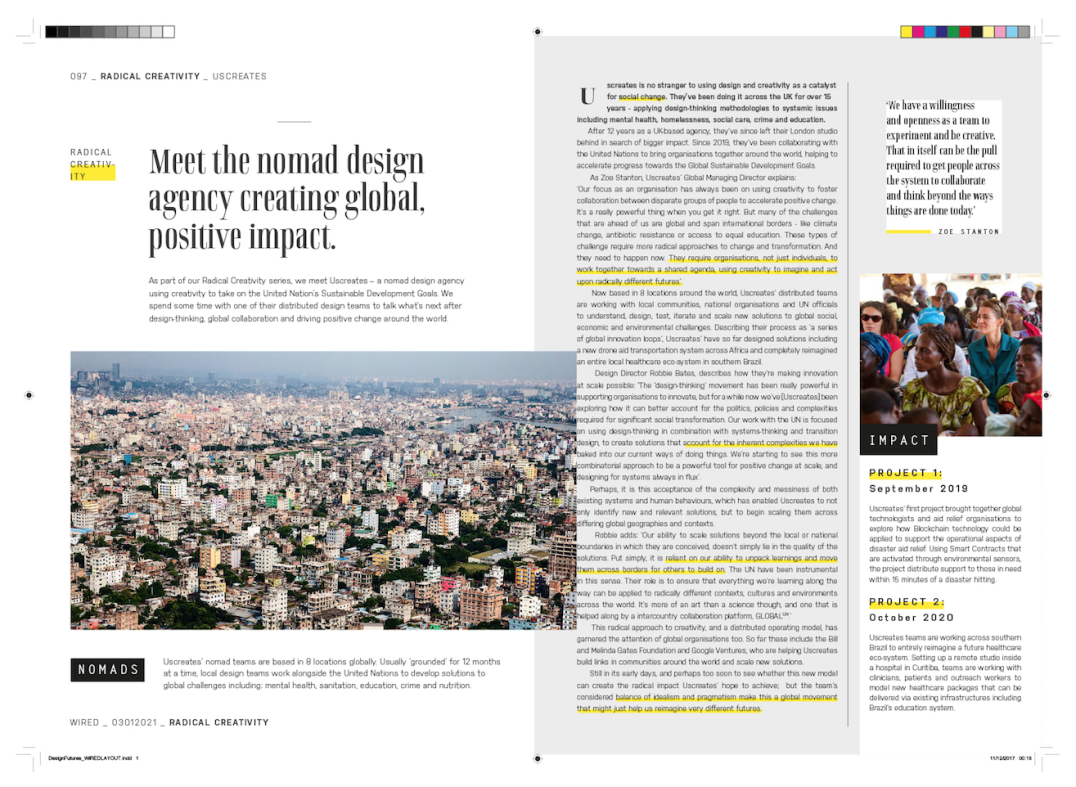
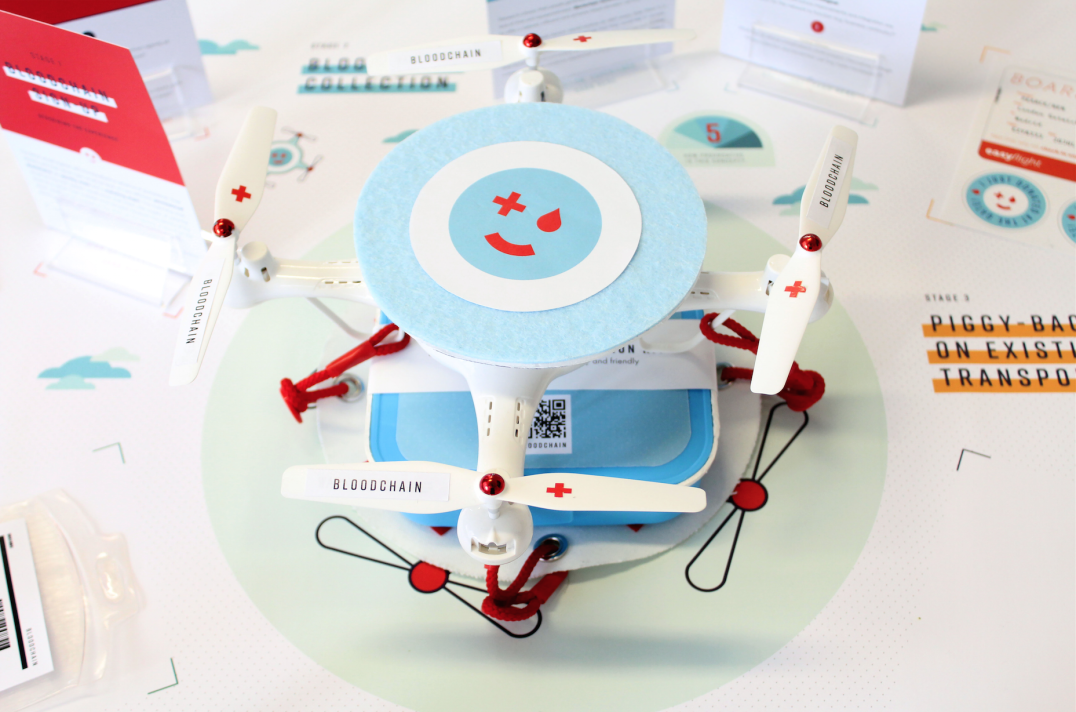
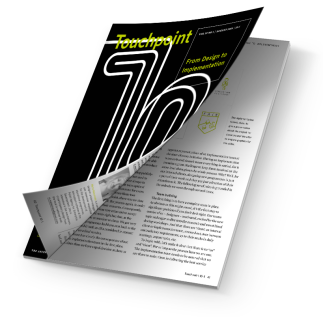

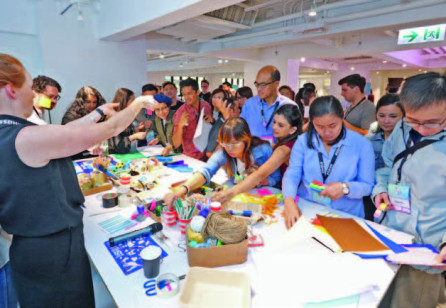
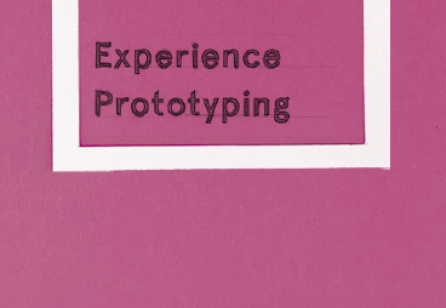
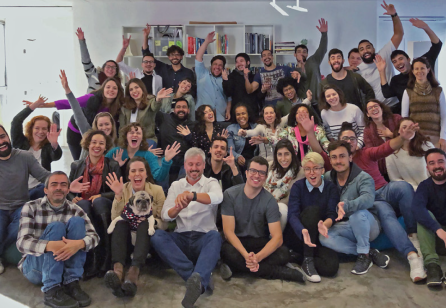

Share your thoughts
0 RepliesPlease login to comment